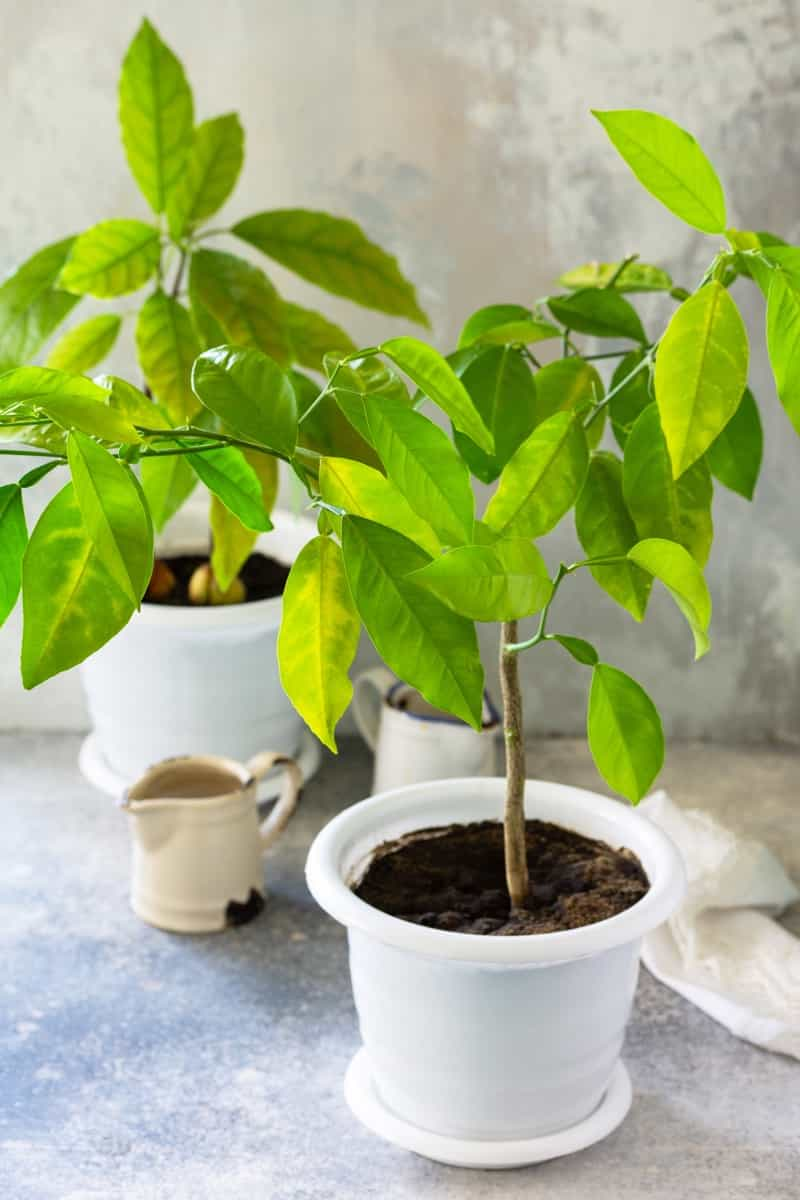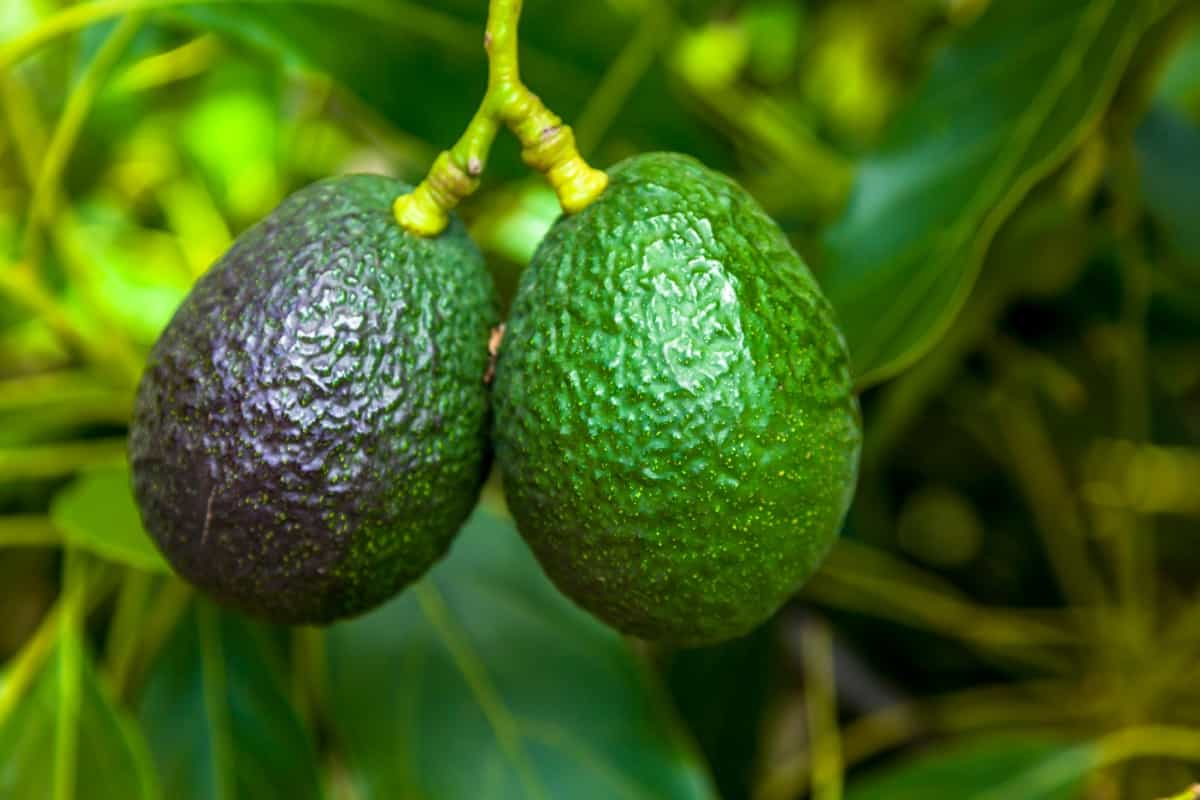Avocado trees require a balanced blend of essential nutrients, including nitrogen, phosphorus, and potassium. When fertilizing potted avocado trees, choosing a slow-release fertilizer specifically formulated for fruit trees is important. Fertilizer should be applied around the tree base evenly, avoiding direct contact with the trunk.

It is recommended to fertilize avocado trees every three months during the growing season. Regular fertilization helps to promote strong root development, lush foliage, and abundant fruit production. Proper fertilization practices are essential for maintaining the health and vitality of potted avocado trees.
Fertilizing Potted Avocado Trees
Organic Fertilizers for Avocados in Pots: Nurturing Your Plants Naturally
Avocado trees require proper nourishment to thrive, and organic fertilizers offer a gentle and environmentally friendly solution. These fertilizers are derived from natural sources like compost, manure, bone meal, or fish emulsion. They release nutrients slowly, ensuring that the avocado plants receive a steady supply of essential elements without the risk of over-fertilization. Additionally, organic fertilizers promote soil health by improving its structure, water-holding capacity, and nutrient availability. Using organic fertilizers, you can naturally nurture your avocado plants and enjoy healthy and bountiful harvests.
Natural Fertilizers for Avocados in Pots: for Environmentally-friendly Options
One effective option is compost, made from organic materials like kitchen scraps and garden waste. The nutrients in compost enrich the soil, improving its structure. Another option is worm castings, which are the excrement of earthworms and are rich in nutrients. They help promote healthy root growth and increase the plant’s disease resistance. Additionally, seaweed extract is a natural fertilizer that provides essential minerals and promotes vigorous growth. Using these natural fertilizers will ensure the health of your avocado plants while minimizing negative impacts on the environment.
In case you missed it: Avocado Tree Propagation and Pollination: Methods and Strategies

Homemade Fertilizers for Avocados in Pots: DIY Solutions for Optimal Plant Health
By creating your fertilizers, you can ensure that your avocado plants receive the necessary nutrients to thrive. One simple DIY solution is compost tea, which involves steeping compost in water to create a nutrient-rich liquid fertilizer. Another option is to mix crushed eggshells into the soil, as they are a natural source of calcium, which aids in fruit development.
Additionally, banana peels can be buried near the base of the avocado tree to provide potassium, which supports overall plant growth. These homemade fertilizers can contribute to the health and productivity of your potted avocado tree.
NPK Ratios and Their Importance in Selecting Fertilizers for Avocados in Pots
NPK refers to plants’ three most essential nutrients: nitrogen, phosphorus, and potassium. Avocado trees have specific nutrient requirements, and understanding the significance of these ratios is vital for their successful cultivation. The NPK ratio on a fertilizer label indicates the proportion of each nutrient in the product.
A balanced N-P-K ratio of 8-3-9 or 10-5-10 is generally recommended for avocado trees in pots. This means that the fertilizer contains a higher percentage of potassium (K) compared to nitrogen (N) and phosphorus (P). Potassium is particularly important for avocado trees as it helps strengthen the plant’s root system, improve fruit quality, and enhance resistance to diseases and pests.
Slow-release Fertilizers: Enhancing Nutrient Availability for Avocados in Pots
These fertilizers have a controlled release mechanism that gradually provides essential nutrients to the plants over an extended period. Avocado trees in pots have limited access to soil nutrients, making slow-release fertilizers an ideal choice. These fertilizers are designed to slowly break down, releasing nutrients in sync with the plant’s growth requirements. The slow-release nature of these fertilizers reduces the risk of nutrient leaching and ensures a steady supply of nutrients to avocados.
In case you missed it: Training and Pruning of Avocado Tree: Techniques for Trimming and Staking

This promotes healthy growth, improves fruit production, and maintains plant vigor. One option is organic slow-release fertilizers, such as compost or manure, which provide nutrients as they decompose. These fertilizers benefit potted avocado plants as they help maintain consistent nutrient levels and reduce the risk of over-fertilization.
pH Levels and Fertilizer Selection for Avocados in Pots: For Balanced Soil Environment
The avocado tree grows best in soils ranging from pH 6.0 to 7.0. Therefore, it is essential to regularly monitor and adjust the pH levels of the soil in avocado pots. To determine the soil’s pH level, pH testing kits or meters can be used. These tools provide a quick and accurate measurement of the soil’s pH, enabling gardeners to make necessary adjustments. If the pH level is too high (alkaline), sulfur or acidic fertilizers can be added to lower it. Conversely, if the pH level is too low (acidic), lime or alkaline fertilizers can be used to raise it.
The Importance of Timing: When to Apply Fertilizer to Avocados in Pots
In general, avocados should be fertilized during their active growing season, typically from early spring to late summer. This is when the avocado trees actively produce new leaves and branches, requiring additional nutrients to support their growth. Applying fertilizer during this period ensures that the avocados receive the necessary nourishment to develop strong roots and produce healthy fruits.
To maximize the effectiveness of fertilizer application, it is recommended to apply it just before a rain event or watering. This allows the nutrients to dissolve and penetrate the soil, reaching the avocado’s roots more effectively. Additionally, applying fertilizer when the soil is already moist helps prevent nutrient burn or damage to the roots.
How to Apply Fertilizer to Avocados in Pots: Techniques for Maximum Effectiveness
Avoid direct contact with the trunk of the avocado tree when applying fertilizer around the drip line. After fertilizing, water the tree thoroughly to avoid burning the roots. The application should be repeated every 4-6 weeks during the growing season. Regular fertilization promotes healthy growth and maximizes fruit production in potted avocado trees.
Water-soluble Fertilizers for Potted Fig Trees
Water-soluble fertilizers are an excellent choice for potted fig trees as they quickly and efficiently deliver nutrients to the plants. A fig tree can benefit from these fertilizers by applying them directly to the soil, which ensures the tree receives the nutrients it needs to flourish.
In case you missed it: How to Graft an Avocado Tree: Rootstock Used, Techniques, and Methods

When using water-soluble fertilizers, diluting the fertilizer according to the instructions provided is important. A fig tree’s roots can be damaged by over-fertilization and nutrient burn. Starting at the beginning of spring and continuing until fall, it is recommended to apply water-soluble fertilizer every two to three weeks.
Best Fertilizer Application Techniques for Avocados in Pots: Dos and Don’ts
Do‘s
- Choose a balanced fertilizer with the appropriate nitrogen, phosphorus, and potassium ratio.
- Do follow the instructions provided on the fertilizer packaging for proper application.
- Fertilizers should be applied at the beginning and again at the end of spring or early summer to promote the best growth and fruit production.
- Do water the avocado tree after applying fertilizer to help dissolve and distribute the nutrients.
Don’ts
- Don’t over-fertilize. Follow the recommended dosage to prevent nutrient burn and damage to the plant.
- Don’t apply fertilizer directly to the trunk of the avocado tree. Instead, sprinkle it evenly around the base.
- Don’t apply fertilizer during the dormant period, as the avocado tree will not be actively growing and will not require additional nutrients.
Conclusion
Knowing when and how to apply the fertilizers ensures that your avocado trees receive the necessary nutrients for optimal development. By following the guidelines, you can promote healthy foliage, robust root systems, and bountiful fruit production in your potted avocado trees.
- Ultimate Guide to Ossabaw Island Hog: Breeding, Raising, Diet, and Care
- Ultimate Guide to Juliana Pig: Raising Facts, Size, Diet, Care, and Lifespan
- Raising Lleyn Sheep: Disadvantages, Price, Uses, Characteristics, and Care
- Ultimate Guide to Meishan Pig: Breed Facts, Breeding, Raising, and Care
- Ultimate Guide to Teacup Pigs: Raising, Diet, Lifespan, Cost, and Care
- Guide to Raising Poll Dorset Sheep: Facts, Profile, Characteristics, Uses, and Care
- Ultimate Guide to Bighorn Sheep: Characteristics, Diet, Lifespan, Breeding, and Lifecycle
- Ultimate Guide to Raising Katahdin Sheep: Farming Facts, Breed Profile, Uses, and Care
- Ultimate Guide to Raising Oreo Cows: Belted Galloways Farming Facts, Profile, Uses, and Care